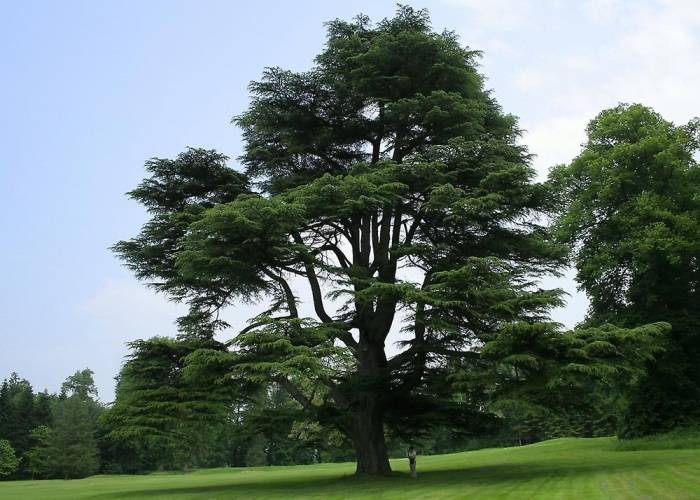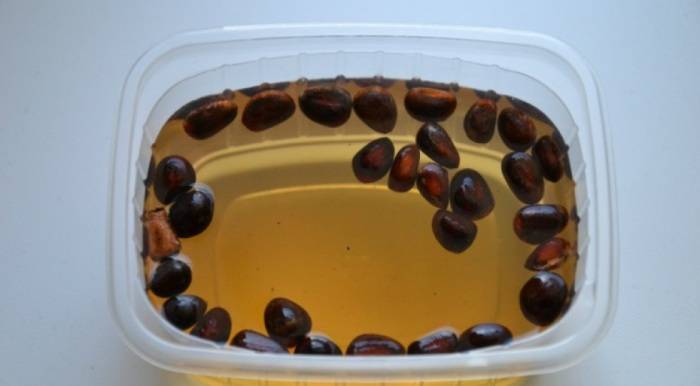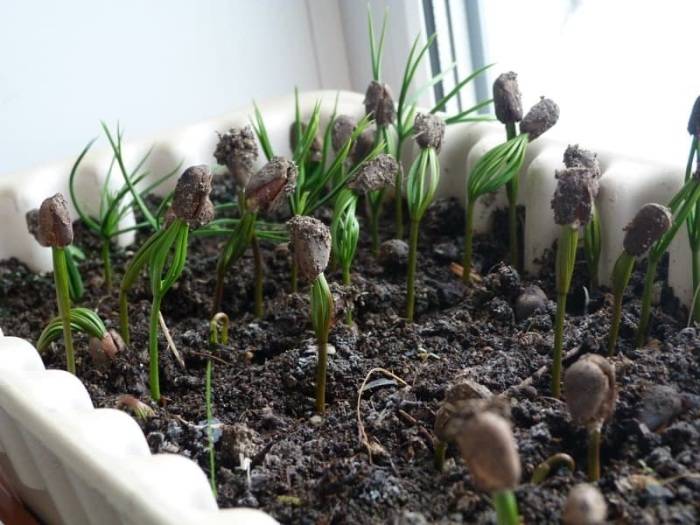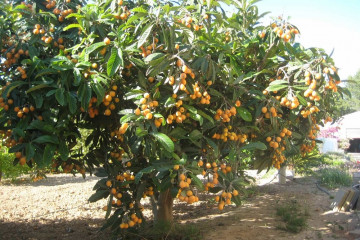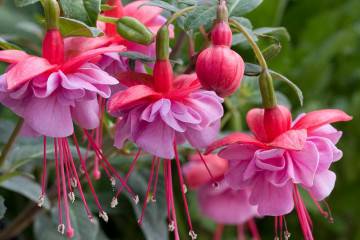How to grow a cedar from a nut at home
Content:
The majestic cedar will adorn any site. This plant is a symbol of longevity and health. Cedar has a lot of useful medicinal properties. Therefore, many people want to know how to grow a cedar from a nut at home.
How to grow a cedar from a nut at home
It is not so easy to grow a cedar pine tree, and in its prime, this tree will not even be seen by children, but by the gardener's grandchildren. It will take about 40 years to wait for nuts. The process of growing cedar from seeds is an exciting activity. And it is also useful, because due to the value of cedar wood (especially Siberian), there are fewer and fewer of them in the wild. Therefore, any tree planted, even in the garden, is already a value.
Features of growing cedar from seeds at home
In nature, a majestic tree reproduces in only one way - by seeds. But at home, two methods are used - grafting a cutting on a regular pine tree or sowing nuts.
So, how to grow a cedar from a nut at home? It all starts with the selection of seed material.
Where to get the necessary seed composition
It is now easy to purchase cedar pine planting material in specialized stores. It can be either already peeled nuts or whole cones. Nuts in cones ripen in at least two years.
You can collect the cones yourself, so you can be sure that the nuts are still germinating. At the same time, such rules are observed.
The cones should be well ripe and fall off the tree on their own. The best time to harvest in the forest is autumn or spring. But most experts agree that the best time to collect is early November (or late October).
Then the seeds are shaken out of the cone. If it has not yet opened, and the nuts do not fall out, then you just need to put the cone in a warm room. After a while, the scales will rise and the nuts will fall out.
Preparation and stratification of cedar seeds (nuts)
It is not enough to just throw a cedar seed into the ground and wait for it to germinate. How to germinate pine nuts at home? To be more or less confident in the result, you need to properly prepare the seed for planting.
Such training includes:
- selection of planting material;
- soak;
- disinfection;
- stratification.
Requirements for preparation for germination
The step-by-step algorithm for preparing cedar nuts for planting is as follows.
- The largest nuts are selected for cultivation, without any damage or signs of mold. There should be no foreign smell. The seeds retain good germination for a year from the date of collection.
- The nuts are soaked in warm water for 3 days. The water needs to be changed daily. You can add a stimulant to it, for example, root.
- Next, you need to process the seed with a weak solution of potassium permanganate (0.5%, slightly pinkish).
- Germinating nuts is most effective in wet sand. The sand and seeds are mixed, poured into a cotton bag. The bag is placed in a wooden box with holes and placed in the refrigerator in the compartment where the temperature is about 3 ° C. The seeds are kept in the cold until spring. Some nuts may even sprout in the sand.
Care of young plantings
Young cedars have special requirements for soil types, temperature conditions and watering frequency.
On what soil does it grow
Young cedar trees are planted either in a special soil for conifers, or in a mixture of peat, sand and garden soil. When using any variant of the substrate, additional feeding with humus or mineral fertilizers "Bona Forte", fertik or agriculture will be required. Nutrient availability does not have to be high, moderate or even low.
Prepared seedlings are best transplanted into sandy or loamy soils with a low nitrogen content. The more of this element in the soil, the slower the cedar root system will develop. Cedars are especially fond of gray podzolic soils, which are most often found in Siberia, the Far East and in the northern part of Europe. But Central Russia is also a good place to grow these trees.
The soil at the planting site should be loose and well-drained. Stagnation of water in the area for planting cedar pine is not allowed. Cedar does not grow on wetlands and heavy clayey soils.
Temperature regime
To germinate planted cedar nuts, the optimum temperature is 20 ° C. When seedlings appear, additional illumination with a special lamp is necessary, which at the same time slightly increases the temperature of the soil surface.
Watering mode
The soil with the planted seeds is not watered from a watering can, but moistened with a spray bottle. This makes it easier to maintain the required moisture level to prevent decay. In addition, with this method of irrigation, a maximum of nutrients are preserved in the soil, they are not washed out.
Features of the cedar tree
The cedar tree will adorn any garden due to its peculiarities. After all, he has beautiful rich green needles, an interesting pattern of bright bark, a slender trunk.
A pleasant smell emanates from the cedars. The air around it is truly healing, it has a strong antimicrobial effect, relieves stress and fatigue. The cedar groves are favorable for people with diseases of the respiratory tract and skin.
How to transplant a cedar
In the spring, the seed bag is removed from the refrigerator and planted in a substrate consisting of turf, sand and peat. Planting depth no more than 1 cm.
Germination requires a temperature of about 20 ° C and a shaded place. After a month, the seeds should germinate. Sprouts emerge from no more than a third of the nuts.
After that, another question arises: "How to transplant a cedar and take care of it correctly?"
Care of young cedar trees
Caring for cedar seedlings consists in choosing the right pot, as well as proper watering and feeding.
Growing container
The pot is selected so that later it is easy to remove the seedling for transplanting into open ground.
Transplant and watering rules
Cedar sprouts should not be in direct sunlight; partial shade is better for them.
In order for the cedar to get used to the conditions of the street, in the summer, pots with seedlings are displayed in the yard in partial shade. There they will stand until frost. When cold weather sets in, containers with cedars are brought into the house or placed in a greenhouse.
When the cedar grows up to 3 years old, it needs to be transplanted into open ground. The transplant is carried out only in the spring.
Crown formation
For a personal plot, garden forms are recommended, suggesting that the tree will be shorter, spreading, with a dense crown. This shape consists of several vertices. To do this, at a height of 2-2.5 m from the ground, you need to cut the lower branches flush with the trunk. The duration of such pruning is at least 10 years.
Is cedar a coniferous or deciduous tree?
To accurately determine whether a cedar is a coniferous or deciduous tree, you need to study its description.
Botanical description of the cedar tree
Cedar is an evergreen monoecious plant. It has a spreading crown and a straight trunk. Grows up to 50 m in height.
There are Lebanese, Korean, Siberian, Himalayan and Atlas cedars, as well as European cedar pine.
Signs by which cedar is classified as a coniferous tree
To the question: "Cedar is a deciduous or coniferous tree" the answer is yes, because:
- it belongs to evergreens;
- possesses needles, not leaves;
- there are bumps;
- it forms a resin that heals the damage to the bark.
Thus, the process of growing cedar is not the fastest; in its prime, the tree is unlikely to be seen. This plant requires special care, otherwise it may not take root when transplanted from a pot into open ground.
